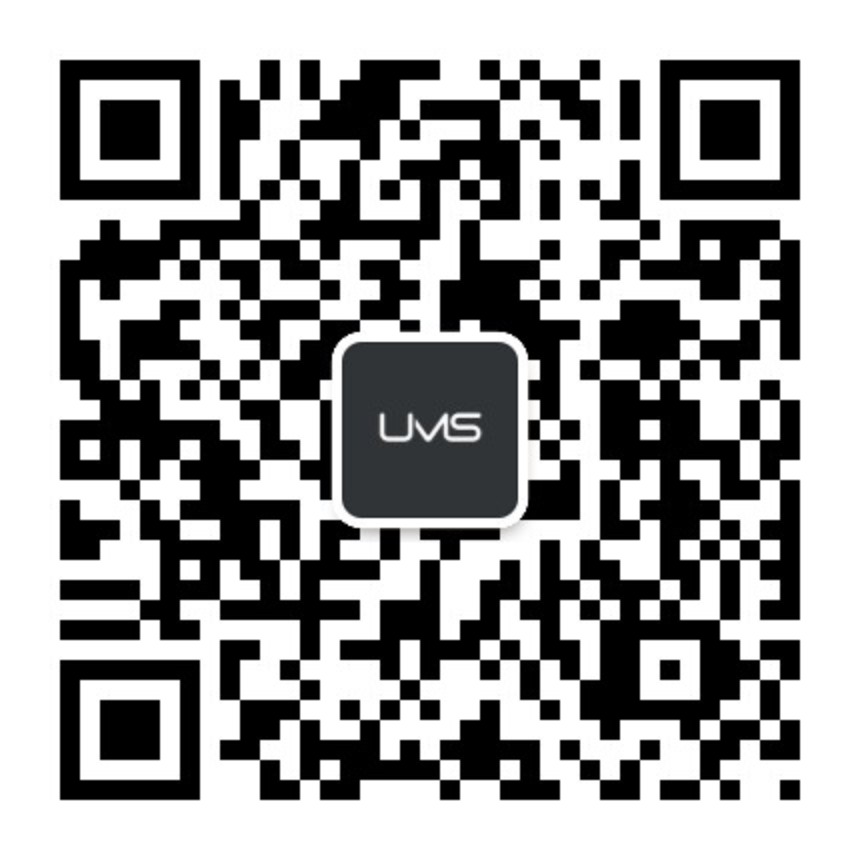I attended the Asia Pacific Association of International Education Conference (APAIE) in Perth this week, and I wanted to share some important reflections and insights.
The discussions at the conference provided a comprehensive view of enhancing the student experience through digital means. One of the key tools we have developed at UMS for this is the ‘International Student Journey Life Cycle’ model.
The model identifies seven key stages of a student’s education journey and highlights the need for continuous engagement and connection over time, which can be greatly enhanced with digital tools, including social media and dedicated digital platforms.

A critical takeaway from the conference for me is the uneven deployment of digital tools by educational institutions across these different student journey stages. Most institutions are still focused on the initial promotion and recruitment stage with less focus once the student is living in the destination city and studying on campus.
This misses vital opportunities to support and engage students to enhance their experience over time. Especially leading up to graduating as they become potential advocates for the institution and can also return as lifelong learners through online programs later. Not engaging with them during these key phases misses out on the excellent work done to capture the student’s attention years ago at the recruitment stage.
I spoke on a panel session title: Exceeding Expectations, Putting a Face on the International Student Journey. This was moderated by Sean Dyer, Global Partnerships Lead from The PIE News, and was joined by Maureen Manning Vice President of Strategy & Insight, The PIE News, and Nik Higgins Co-founder and Interim CEO, The Ambassador Platform.

A timely question was posed about using Chinese social media platforms in Western education markets. I shared, “One of the best parts of what Australia, New Zealand, the UK, and the US are doing in China is utilising Chinese social media platforms to engage with prospective students, parents, and agents”.
“Usually, an institution would use Little Red Book for influencer campaigns, to encourage the Chinese students to share their current student experience on RED. Beyond that, if an institution has some budget, we have a custom platform to increase brand awareness on Douyin to reach a mass audience in China.”
“This is followed by WeChat which is the everyday social media platform all Chinese-speaking language users would use. It’s an important platform to engage parents on because it’s the platform they are most confident on, and the use of Official Account is essential to build their trust.”
Platforms like WeChat, Little Red Book, and Douyin are not just social and communication platforms but are integral to the student recruitment and engagement strategy. While potential students are deciding where to apply for their overseas studies, platforms can be used to build the support of parents and peers. The final decision process can take years, so it is important to rebuild the connections and foster more engagement.
Our panel discussion conversation also covered the need for digital strategies for developing supportive environments for international students, especially in the post-COVID landscape. Engagement between peer support, integrated online-offline experiences, and mental health resources on campus has never been more critical.
Initiatives like student live-streaming events and the WeChat Mini Program ‘NauMai’ that UMS produced are important examples of the potential of digital solutions in fostering community among international students. NauMai Case Study, Study Melbourne Live Streaming Event
Reflecting on the panel discussion and points raised during other sessions, it’s clear that while there has been an uptake of digital technologies by leading universities, there is still a challenge to retain engagement beyond the recruitment and enrolment phase.
Leveraging digital platforms to facilitate meaningful connections is vital for assisting international students in overcoming language and cultural barriers when they arrive. Providing them with the best possible first impression and enriching their educational journey over time, throughout the entire International Student Journey Life Cycle.
The APAIE Conference clearly highlighted the need for educational institutions to embrace and invest more deeply in digital strategies. This work will ensure that international students are active participants in their educational journey, contributing to a global learning community that cherishes diversity, inclusivity, and connectivity.
If this is done well, the students can become vocal advocates for the city and the campus they spent important formative years in, providing years of valuable word-of-mouth promotional value.
As we focus on the future, I invite educators, administrators, and stakeholders within international education to engage with us at United Media Solution (UMS) to harness the power of digital innovation to elevate the international student experience, fostering a more connected and supportive global academic community.
Together, we can turn these insights into actionable strategies for success.
– Jessica Miao, Founder & Chairman, United Media Solution
To find out more about our comprehensive education research, download our latest report: China Report Card: International Education Market Update
For more information regarding on platforms, download our in-depth PDF guide:
China Social Media Platforms Guide
To get in touch with us, email: sales@umssocial.com













